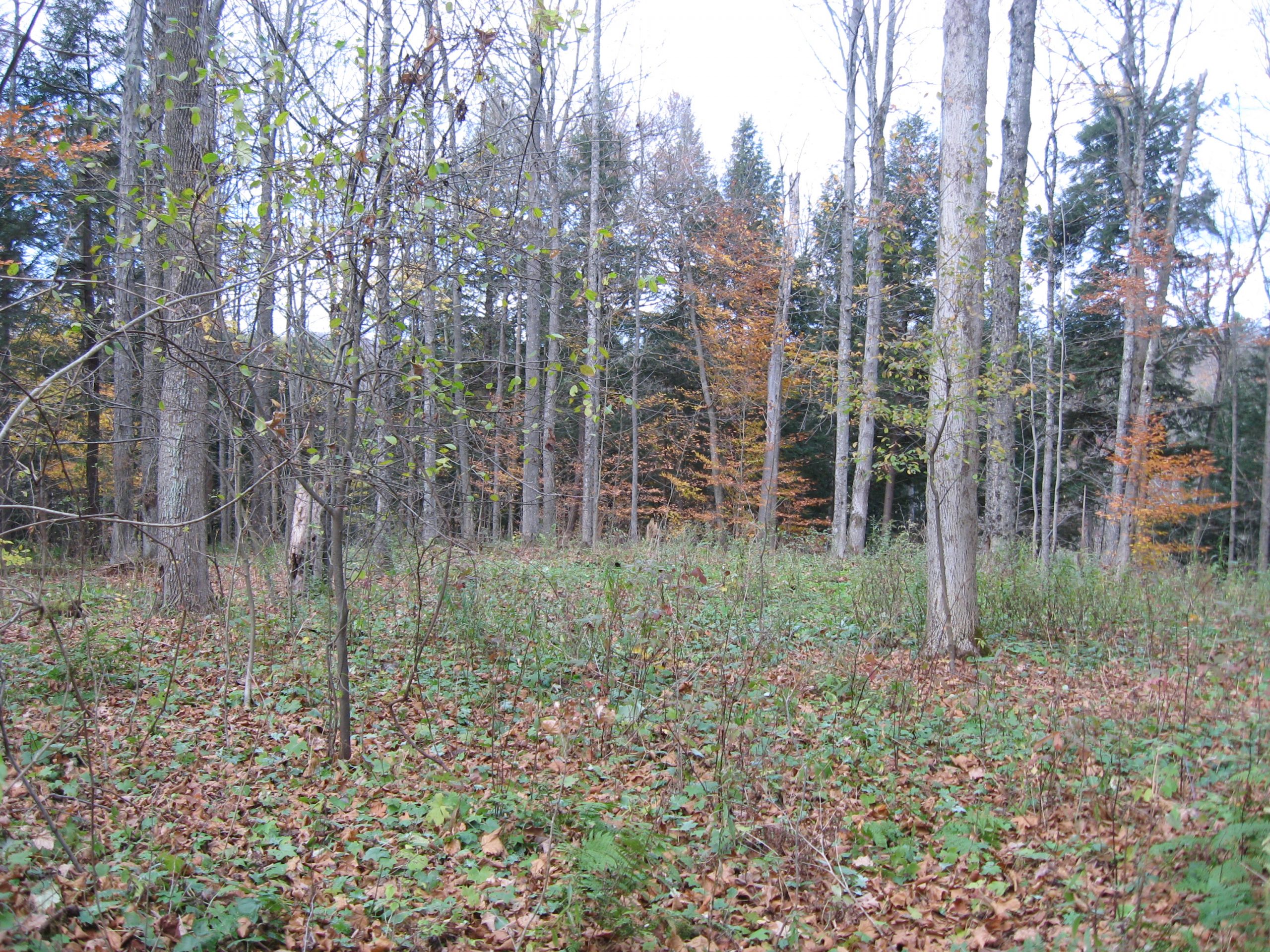The Cayadutta site is a large, isolated 16th-century Mohawk village located in the southern foothills of the Adirondack Mountains in Johnstown, a city in east-central New York. Its position on a hilltop adjacent to Cayadutta Creek provided its inhabitants with a resource-rich location that was naturally defendable. The site was discovered in 1892, and since then it has been studied by archaeologists and raided by collectors. Over 2,000 artifacts from the site can be found in a number of public and private collections.
Despite being disturbed by collectors, Cayadutta has intact features and an impressive artifact assemblage. The site was investigated by members of the New York State Archaeological Association, and later by Harrison Follette for the Rochester Museum and avocational archaeologist Vincent Shaefer. These early investigations explored middens on the site’s terraces and uncovered 47 postholes, some of which still contained original pieces of the wooden posts that formed part of a defensive palisade. Most recently, in 1988-89, the site was excavated by Pennsylvania State University archaeologist Dean Snow as part of his Mohawk Valley Project.
The Mohawk Valley Project began in the 1980s when Snow and one of his colleagues and former graduate students, William Starna, began to discuss the value of the over-100 sites in New York’s Mohawk River Valley. At the time, archaeologists knew less about the Mohawks than other Iroquois groups. This project, which consisted of excavating sites along the Mohawk River that date to later than A.D. 900 and documenting private and public collections from the area, informed archaeologists about Mohawk settlement and demographic patterns over time. The project also examined interactions between the Mohawks and Europeans, as many of these sites were inhabited at the time of contact between the two peoples.
Snow, who was on faculty at the University of Albany at the time, established that Cayadutta covered an area of over 24,000 square feet. He and his team also confirmed the location of the line of posts forming a portion of the village palisade on the southern and southeastern sides, and found evidence of stone hearths in the center of the village. This data led to the assumption that 600 to 700 people lived in the village.
The site’s artifacts include finely engraved bone awls, a harpoon, stone and ceramic beads, stone celts, ceramic pipes, and numerous fragments of shell and pottery. One particularly interesting find was a human effigy carved from bone. There are also a few possible European trade artifacts, including a copper tube and an iron object that could be a knife blade.
Samples of maize were dated using accelerator mass spectronomy, a radiocarbon dating technique used to measure carbon isotopes. The quantities of different carbon isotopes change as organic matter decays, allowing researchers to determine when a plant was last alive. The results, as well as a comparison of the site’s ceramics to those with known dates from other sites in the region, suggest Cayadutta was primarily occupied from A. D. 1525 to 1545. However one of the maize samples appears to be about 100 years older, suggesting that there could be an earlier component to the site. Additional investigations will be required to confirm this.
The Conservancy acquired the site from Marjorie Decker, with the assistance of her son, Randy. The site was originally obtained by Marjorie’s late husband, Lewis, who served as the historian for Fulton County. Realizing the significance of the site, Lewis Decker purchased the property in the 1950s to preserve it.
Much of the site remains undisturbed, and it is possible that evidence of house structures and additional intact features could be found during future excavations. This, as well as the artifact assemblage recovered from the site, make immensely valuable for future research on New York’s early history and the Mohawk.












